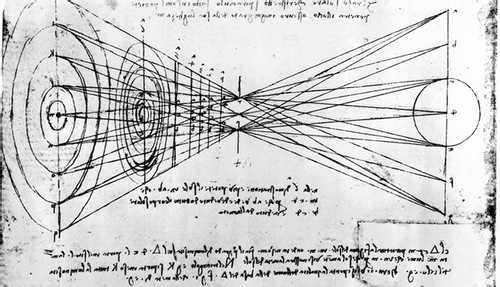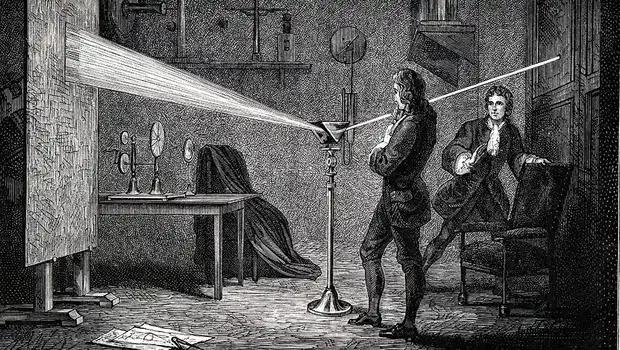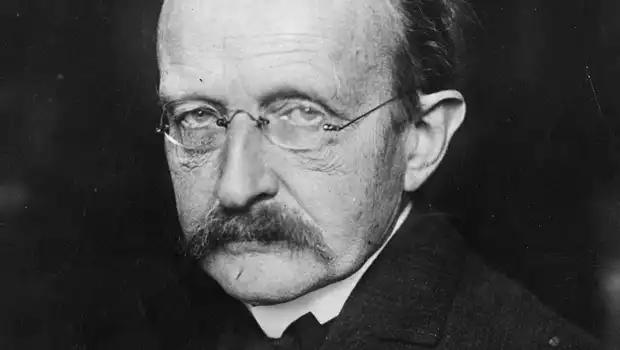How the brightest minds in science – from Einstein to Da Vinci – revealed the nature of light
sciencefocus.com
7 ideas
·2.73K reads
10
Learn more about personaldevelopment with this collection
Proper running form
Tips for staying motivated
Importance of rest and recovery
Ancient ideas about light
Pythagoras, Euclid and Ptolemy thought that light moved in straight lines. They also believed the eye emitted visual rays, like feelers, that touched the object and created the sensation of sight.
- If you drop a needle, it takes a while before you spot it. In the 3rd Century BC, Euclid thought that this delay in vision is caused by the visual ray that is yet to touch the object.
- The idea was rejected by Ptolemy the Second in the 10th Century. He thought something emitted by an object (like the sun) must have entered the eye.
68
1.59K reads
Leonardo da Vinci's ideas on light and vision
Leonardo da Vinci thought the eye is a camera obscura into which light rays penetrate through the pupil and project an inverted image on the back of the eye.
This idea became the dominant model of human vision in the 17th Century.
69
344 reads
Two theories of light: particle and wave
Huygens proposed the undulatory theory in 1678: light transmitted as waves. Light waves spread in different directions from a light source, and the retina detected their vibrations.
In contrast, Isaac Newton favoured the corpuscular theory: Light as particles. Light rays spread from a light source in a stream of tiny particles or 'corpuscles', shooting through space, and were detected by their impact on the retina.
62
230 reads
Understanding light through the particle and wave theory
Light does not appear to bend. Sound can go through crooked pipes, but light is not known to follow crooked bends. However, when light passes through water, the angels of incidence and refraction differ.
- Newton proposed that light's velocity in water was faster than in air. Once they enter water, the corpuscles were acted upon by a force that increased their velocity and changed the direction of the light. But Newton was not convincing as he could not explain the nature of this force.
- Huygens assumed light travelled slower in water and used his undulatory theory in a simple way.
58
158 reads
Diffraction - the slight bending of light
Diffraction was first seen by Francesco Grimaldi in the mid-17 Century. When he shined a light through a small aperture, then passed it through a second aperture onto a screen, the spot of light on the screen was a bit bigger than the second aperture and had coloured fringes. That meant light could be bent.
- Newton claimed that the edges of an aperture interfered with the paths of the corpuscles.
- Huygens undulatory theory explained diffraction better, but Newton's prestige allowed his theory of light to dominate the Age of Enlightenment.
61
137 reads
Explaining different colours in light
Michael Faraday showed the inter-relationship of electric and magnetic fields of force. James Clerk Maxwell took Faraday's fields and combined them mathematically into a single concept: an electromagnetic wave with transverse electric and magnetic components that would move through the empty space at a speed similar to the measured speed of light.
Different colours of light was found to have different wavelengths and frequencies. In the 1880s, Heinrich Hertz proved these wave's existence experimentally.
62
116 reads
Photons
- In 1905, Einstein proposed returning to Newton's corpuscular theory in a modern form. Instead of corpuscles, there were now light 'quanta' (or photons.)
- In 1900, Max Planck proposed that the electromagnetic spectra from red-hot items could be explained only if radiation could be emitted or absorbed in small packets or 'quanta.' Einstein added that light itself was quantised.
Physicists today have to accept that light behaves as both a particle and a wave. But its underlying physical nature is still mysterious.
60
161 reads
CURATED BY
More like this
3 ideas
How Smart Was Einstein?
npr.org
3 ideas
How 'Eureka' Moments in Science Happen
nationalgeographic.com
12 ideas
Einstein, Symmetry and the Future of Physics
quantamagazine.org
Read & Learn
20x Faster
without
deepstash
with
deepstash
with
deepstash
Access to 200,000+ ideas
—
Access to the mobile app
—
Unlimited idea saving & library
—
—
Unlimited history
—
—
Unlimited listening to ideas
—
—
Downloading & offline access
—
—
Personalized recommendations
—
—
Supercharge your mind with one idea per day
Enter your email and spend 1 minute every day to learn something new.
I agree to receive email updates





